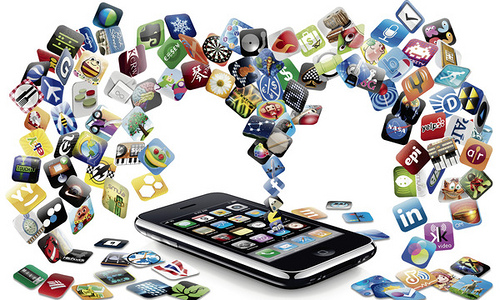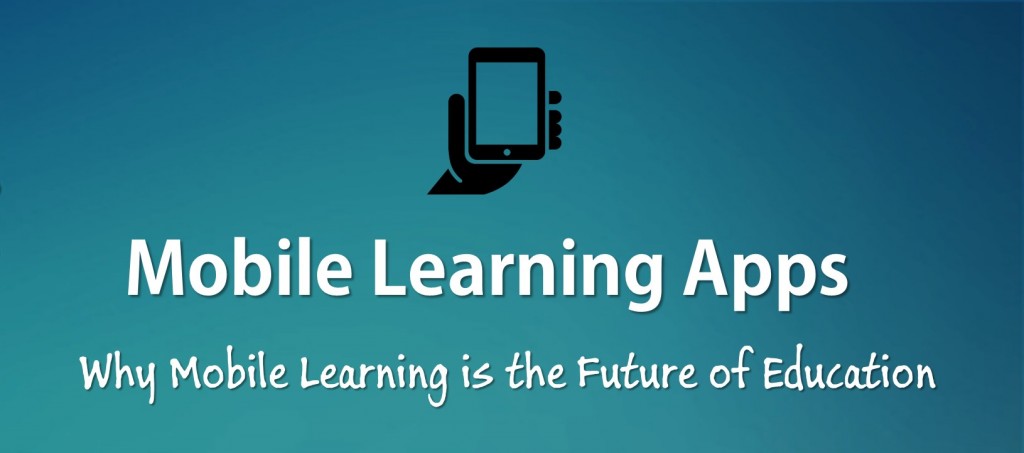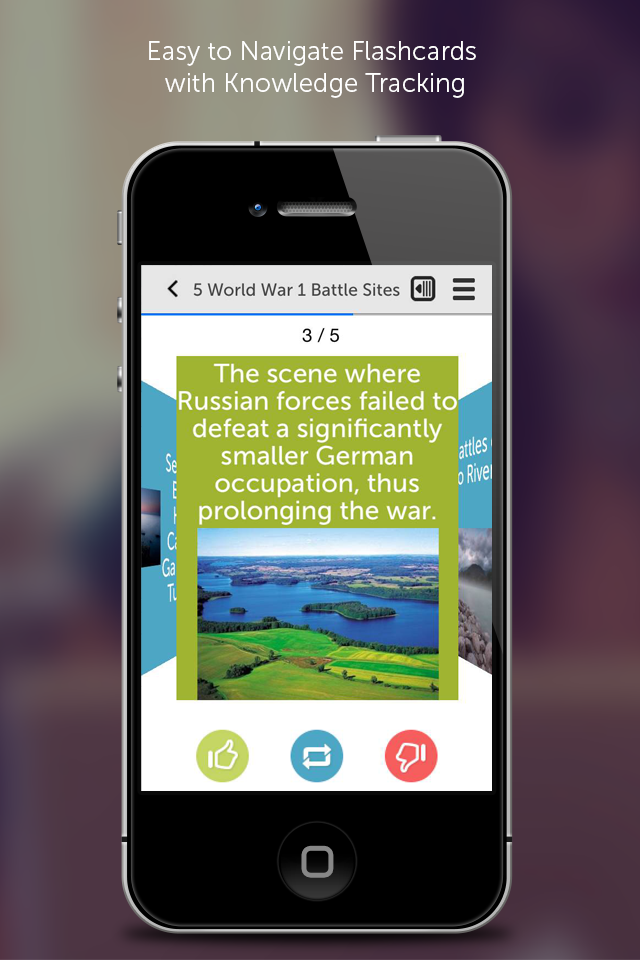Mobile learning apps and students, they exist like the original odd couple.
On one hand you have the app, trendy, cool, ever evolving and students just love them. On the other hand you have exams, study and lots of learning; things that students are not so fond of. However, for some strange reason, when we combine the two, students become a lot more receptive and even more willing to learn. Success!
When we talk about mobile learning apps or m-learning, we mean learning that is done through portable devices such as smartphones and tablets. Mobile learning is one of the hot educational trends for the coming year and here at ExamTime we are embracing that. If like me you love statistics and figures, (come on everyone loves a good statistic) you are going to love this blog so keep reading.
Why mobile learning?
Historically, access for teachers and students in some countries to ICT has been limited. This posed a major barrier to the advancement of education. Now however, the mobile, cellular or smartphone (depending on where you’re from) is changing that reality.
There are currently almost 7 billion mobile phones in the world, almost as many inhabitants as on the planet.
This opens up numerous possibilities for the advancement of education and learning. Did you know that in the city of Lahore, Pakistan, UNESCO run a project where they use SMS texts to distribute educational content to students in disadvantaged areas? Awesome right! This project seeks to help students retain and strengthen their new literacy skills, which are usually stunted if there is not constant practice.
85% of ‘generation Z’ in the United Kingdom (those aged 16 to 24) now own smartphones.
This example is just the tip of the iceberg and focuses heavily on disadvantaged areas. There are also far more intricate ways to deliver education to students via mobile applications and mobile optimised websites and that is where the focus of this article lies.
Leverage all at your disposal
A quick reminder: mobile learning is not intended to be a unique educational method but rather to complement the other areas of your studies such as class/lecture scenarios or learning through computers and virtual classes.
Mobile learning apps are extremely helpful in certain situations, for example, when you need to check a fact or consume small amounts of information at a given time. About three in four (74%) teens aged 12-17 say they access the internet on cell phones, tablets, and other mobile devices.However, if one were to choose between a computer and a mobile phone for researching a subject in depth, mobile learning probably wouldn’t be your best option. The important thing is, therefore, to use the appropriate means at the right time to optimise the way in which you learn.
It’s no surprise to hear that the US tablet market in schools soared by 103% in 2013 and those figures don’t look like they are slowing down.
With the ever-growing rate of smartphone and tablet use amongst students, we decided it was important that we developed our very own ExamTime mobile learning app. The ExamTime app will be launching soon for iOS and Android. We have had many requests from current users for the app and we are delighted that it will be available soon. The app will allow users to view their resources and study anywhere from a mobile, cell phone or tablet.
But wait, there’s more
We all know that any great mobile learning app will let you travel on-the-go. However, there are many other ways to take advantage of your device from an educational point of view. Here are some of those ideas:
Images: When viewing your resources on your phone, take snapshots of your note. Perhaps your data limit is running dangerously low, having a bunch of your Flashcard Decks screen-grabbed and accessed as an image will save you money.
Videos/Sound: This can be used to create videos or podcasts. Is there an important online lecture coming up or has there been one saved to your favourite YouTube channel? Access it on your smartphone for all the latest notes and information.
Languages: There are numerous apps out there like translators and dictionaries which allow us to quickly look up terms and meanings. Going beyond that, you can continue to work on your Spanish for this year’s summer holidays by using mobile learning apps. Flashcard decks are one of the hot tools in e-learning and now your deck is available on your phone or table at any time.
One of the highlights of mobile learning apps is that it encourages self-learning. These handy little downloads provide a range of possibilities that allow for learning outside the classroom.



No comments :
Post a Comment